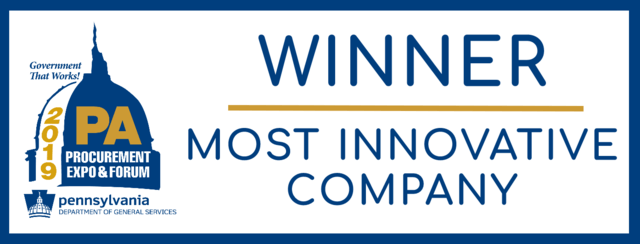

Sign up for Procurated
Procurated helps public sector buyers make more informed buying decisions through peer reviews. It is completely free to use.
Write and read reviews, find new suppliers, manage vendor performance and more!
3 Questions to Consider When Purchasing Fleet Management Software
Public sector fleets play a crucial role in the health and safety of our communities. Billions are spent each year to purchase and maintain school buses, emergency vehicles, public transit, and other vehicles that make up a jurisdiction’s fleet. With all these moving parts (literally and figuratively), strong organization and communication skills are critical to keeping a fleet running smoothly.
If you manage a fleet division, chances are you use fleet management software or have considered investing in it. As with any software investment, the key is to find the software that aligns with your team’s processes, needs, and vision. If you are in the market for new fleet management software, first ask yourself these three questions:
1. Where can the most value be created in your fleet management strategy?
Increased efficiency is a huge benefit of investing in fleet management software. Features such as GPS Tracking, Fuel Management, Dispatch Management, and Incident Reporting simplify the difficult decisions your team must make every day. Before you start demoing systems, take a hard look at your fleet performance metrics to better understand which features can create the most impact. There are a few ways you can approach this analysis:
What weaknesses can I neutralize? If there is an area of fleet management that is routinely costing time, money, and effectiveness, you may want to prioritize those features when selecting a software. Maybe your fuel spend is straining your budget, or your emergency response times are slow as a result of poor vehicle tracking. Prioritizing fuel management for the former and GPS and dispatch management for the latter could significantly improve your overall fleet operations.
What strengths can I maximize? If there aren’t glaring weaknesses, take a look at where your division excels and determine how to maximize those strengths. If your jurisdiction is home to several high-ranking hospitals, selecting a software that specializes in emergency response will reinforce the strength of your hospital system. Or if your city has an exceptional public transit system, software that continues to improve upon bus maintenance and timely departures will attract more loyal customers and increase ridership.
Once a thorough self-audit is complete, you will more easily navigate the different strengths and weaknesses of the systems you are considering.
2. What data-driven stories do you want to be telling your leadership and community?
Access to real-time data and data analytics features is one of the many reasons to invest in fleet management software. As you consider different systems, think about what your team’s key metrics are and what data stories you would like to be able to tell. Is there a sustainability goal your agency is working towards? Percentage of on-time departures? Safety metrics?
Identifying these data points in advance enables you to craft an effective RFP and ask the right questions in the vendor evaluation phase.
3. How does your team like to learn?
User adoption is key to successfully onboarding a new piece of software. What good is an impressive fleet system if no one uses it?
Prior to building your RFP, meet with your team to understand how they like to learn and interact with technology. While some systems offer in-person training, others depend on monthly check-ins or offer chatbot support. It’s important to know user preferences and dealbreakers in advance to make sure you select software that fits the culture of your team.
Prior to building your RFP, meet with your team to understand how they like to learn and interact with technology. While some systems offer in-person training, others depend on monthly check-ins or offer chatbot support. It’s important to know user preferences and dealbreakers in advance to make sure you select software that fits the culture of your team.
Ready to find highly rated fleet management software vendors?
Published on Jul 29, 2021

